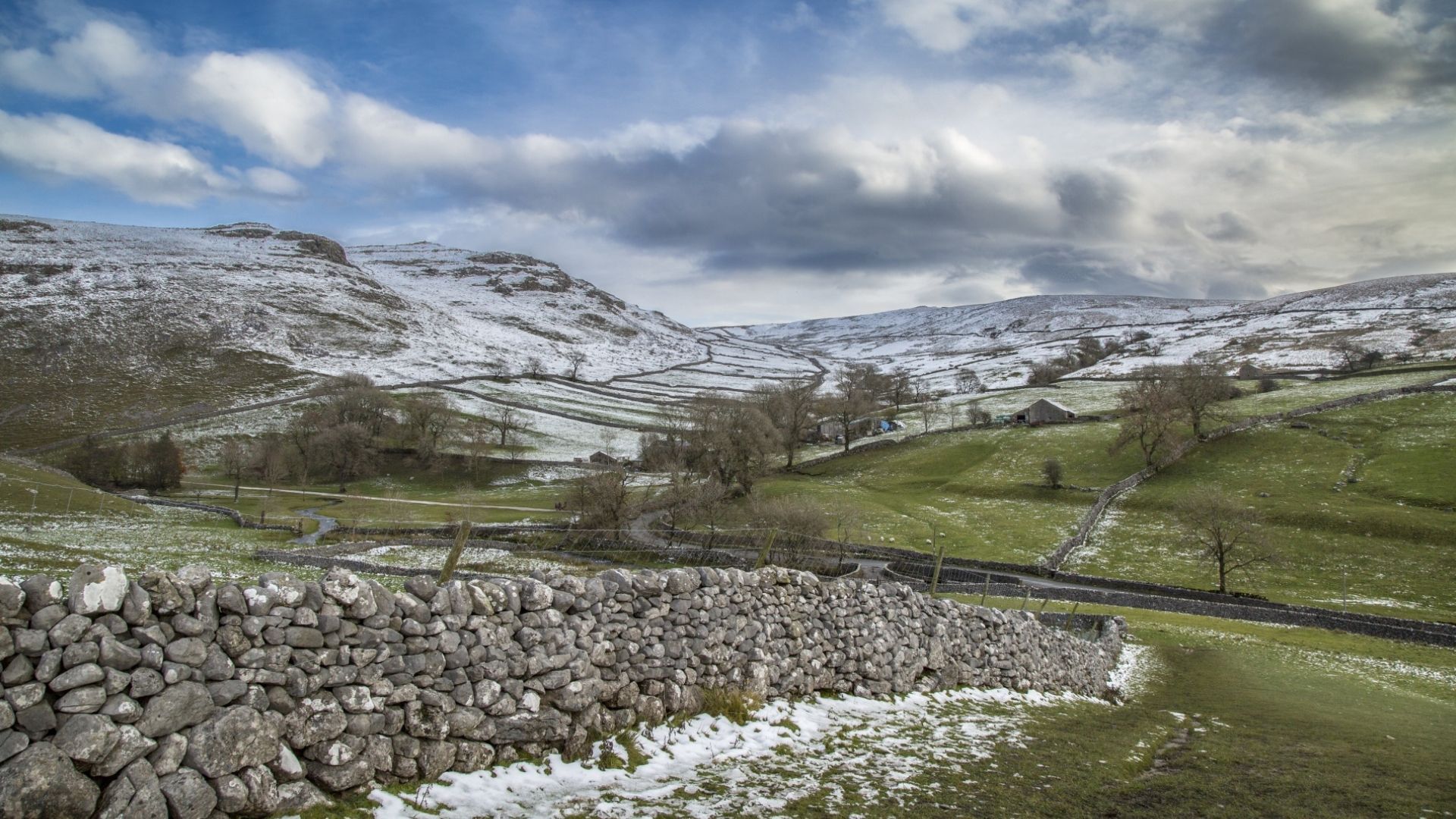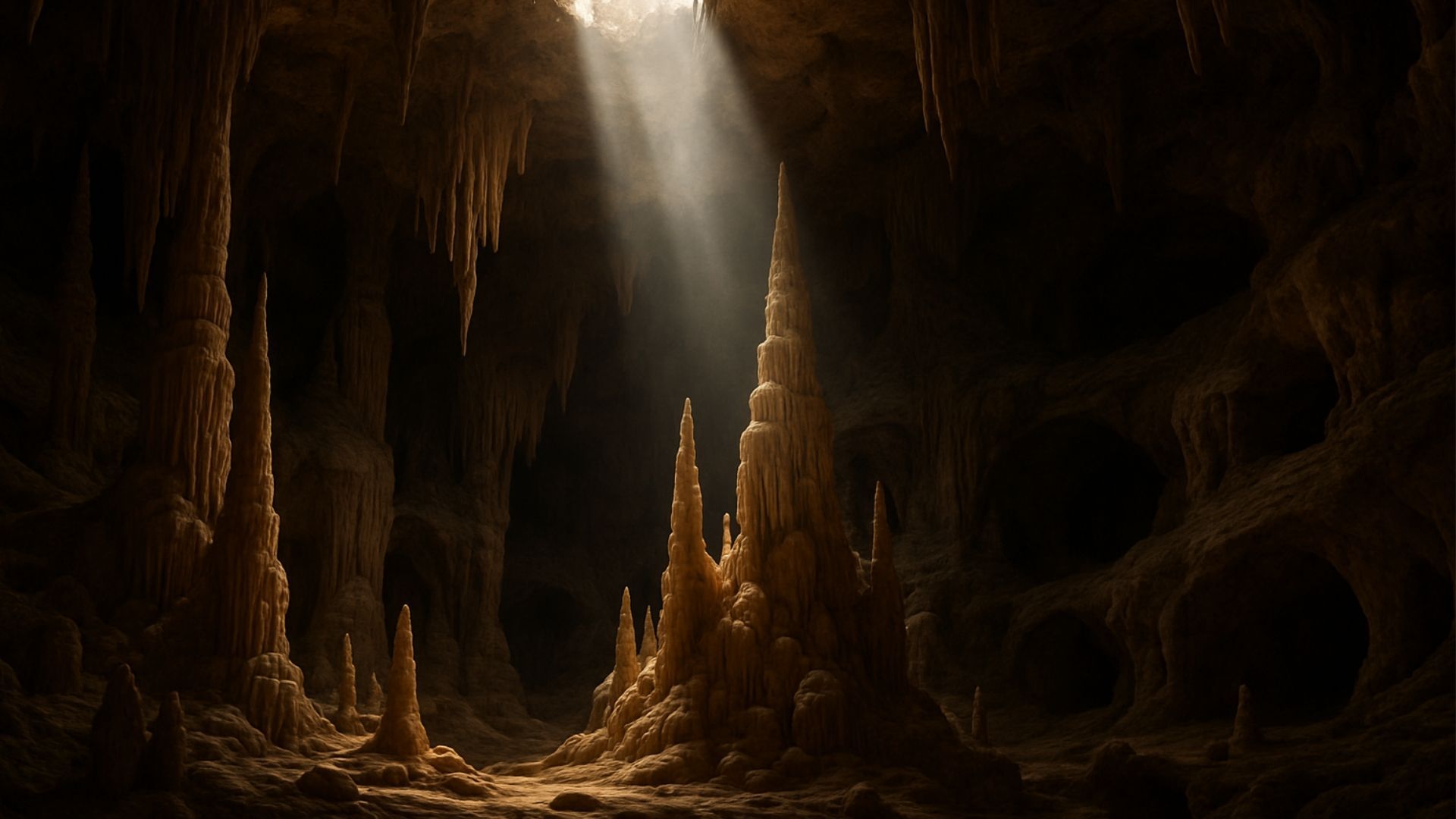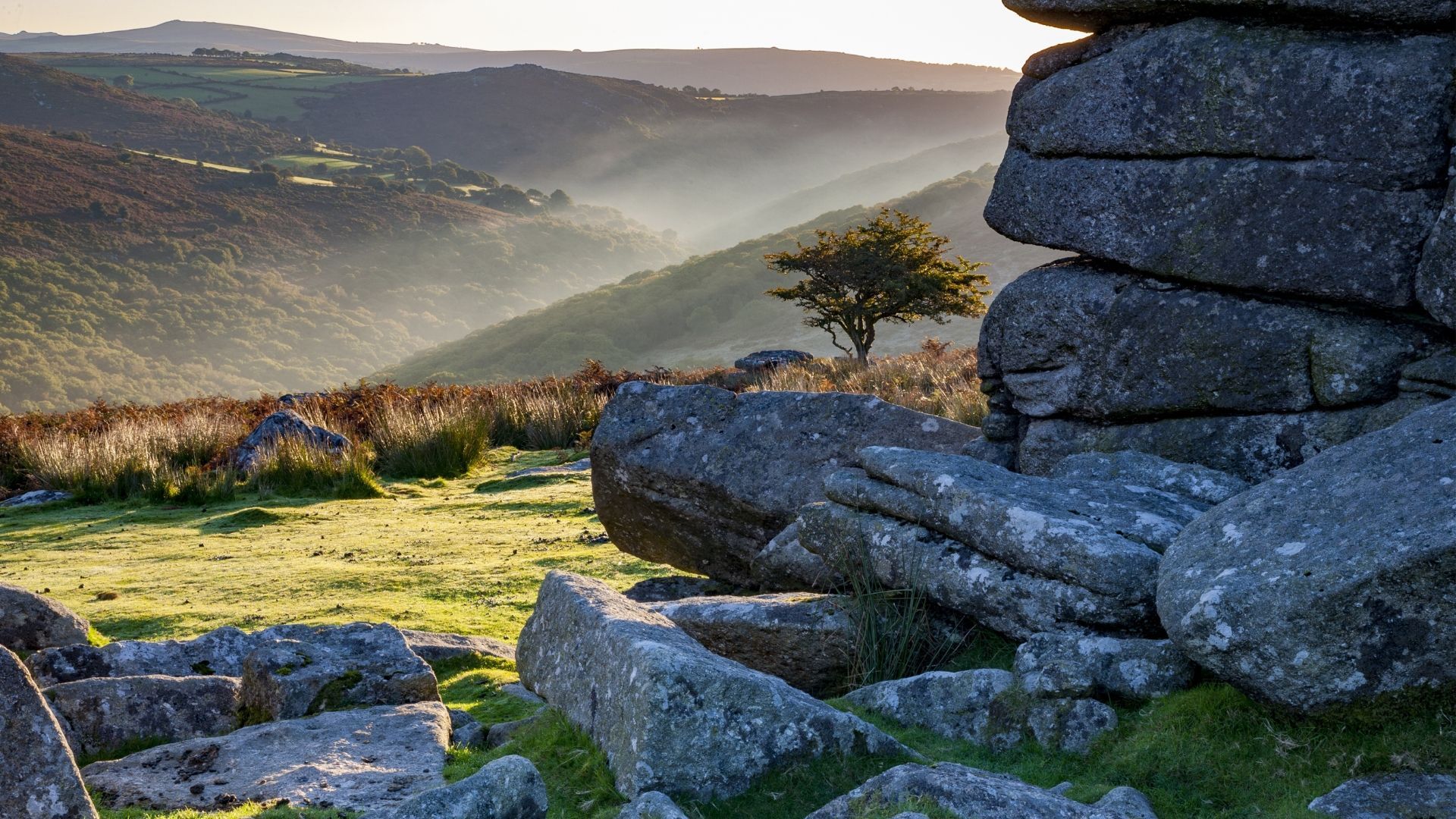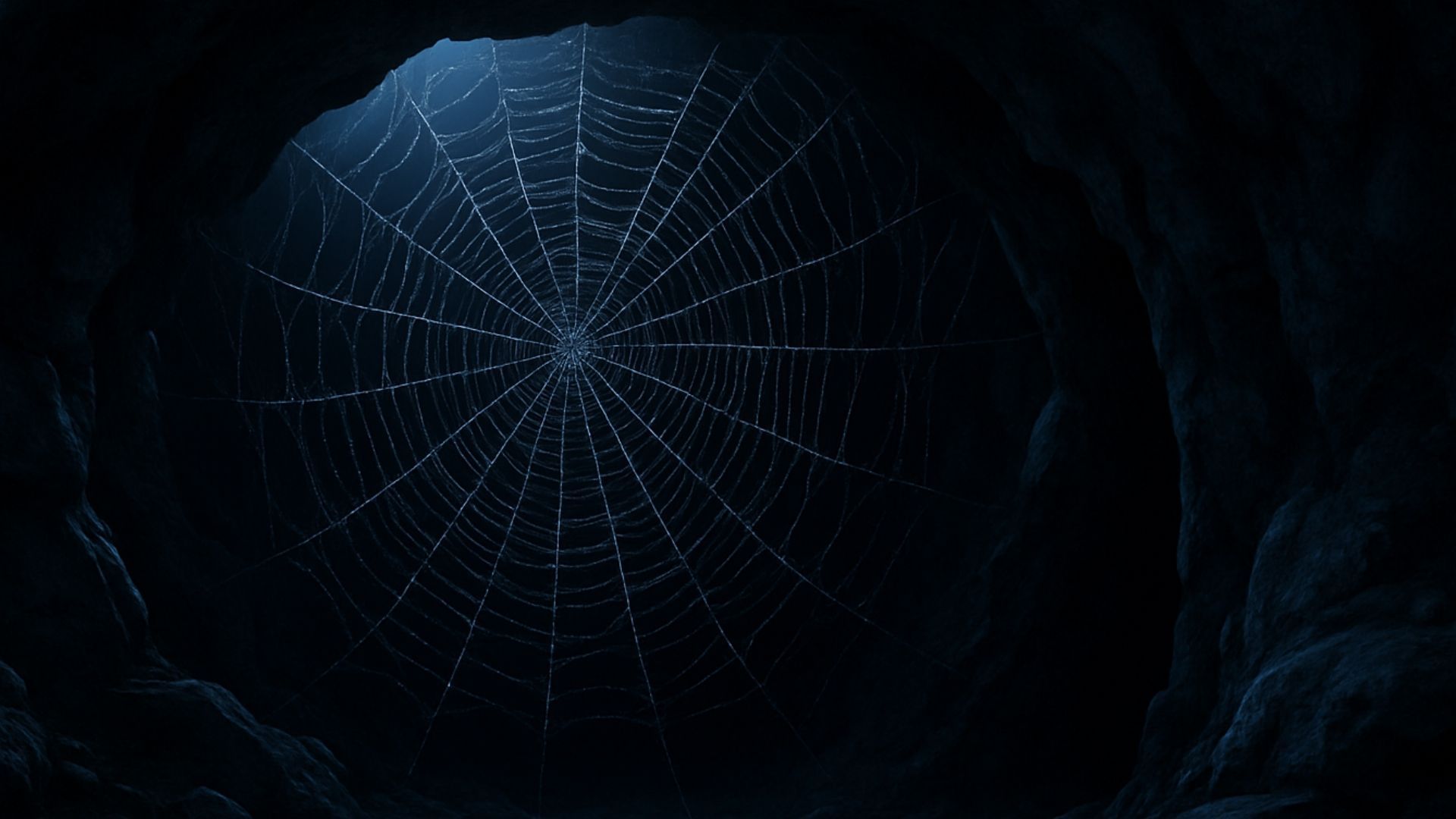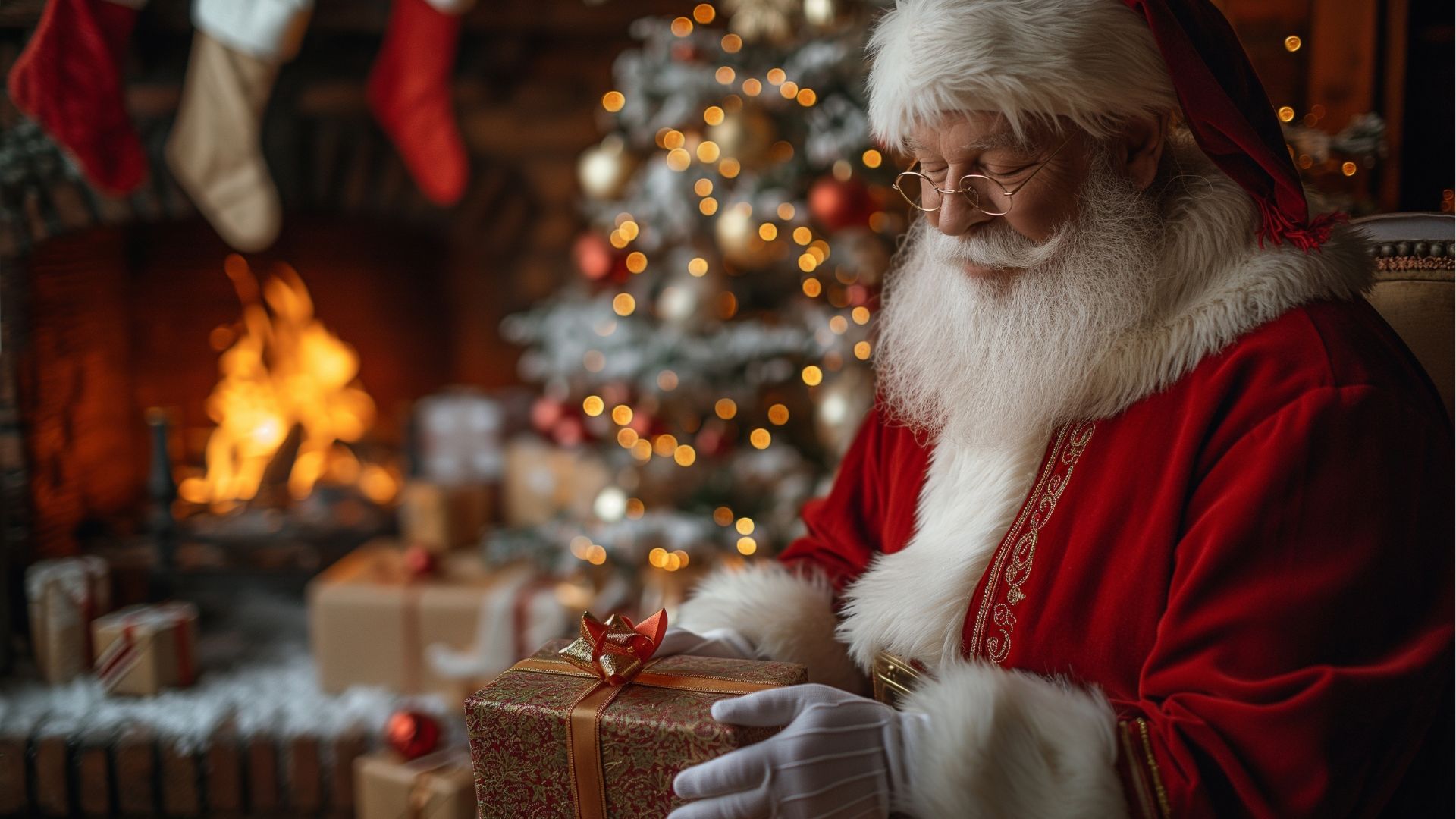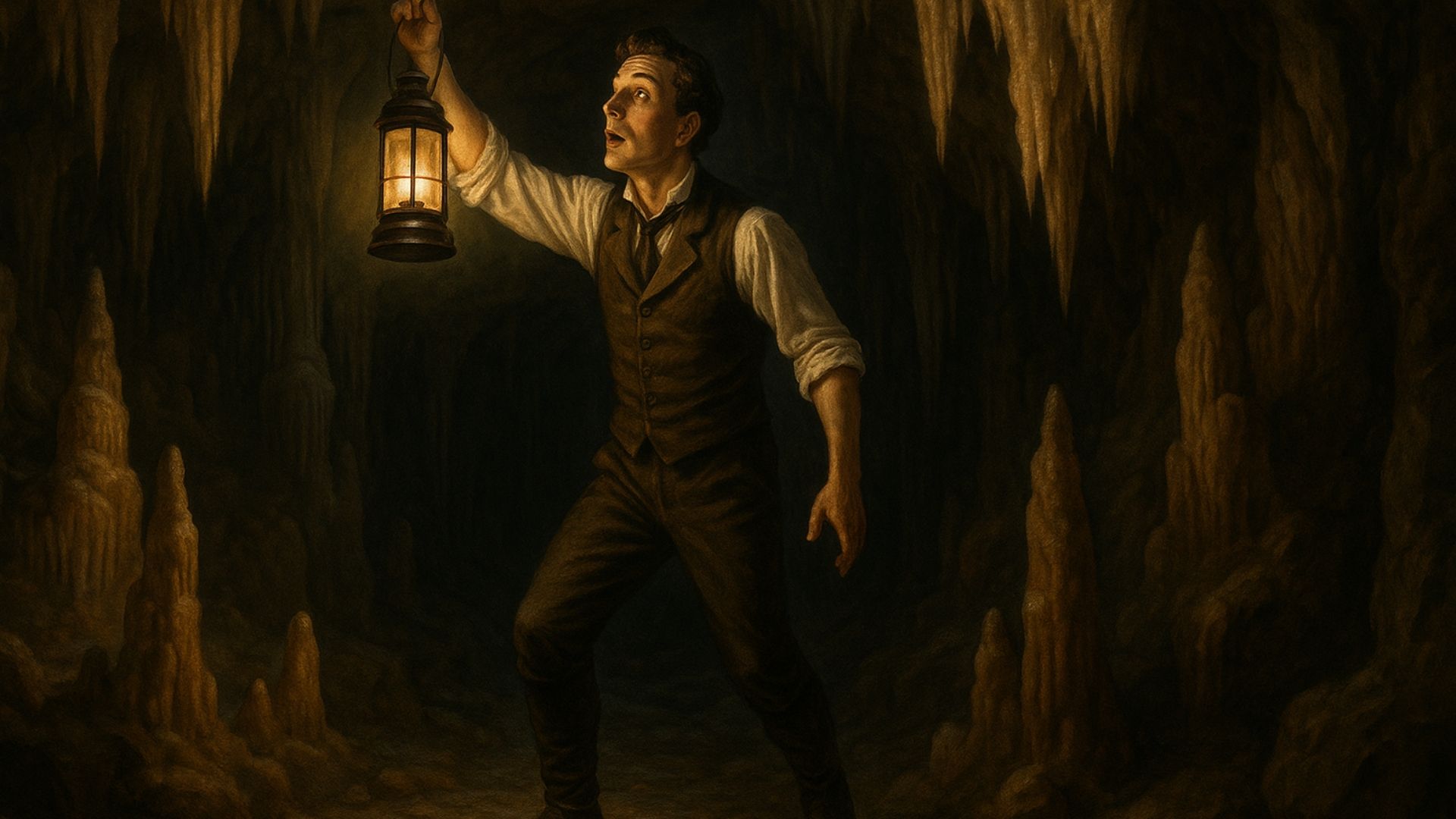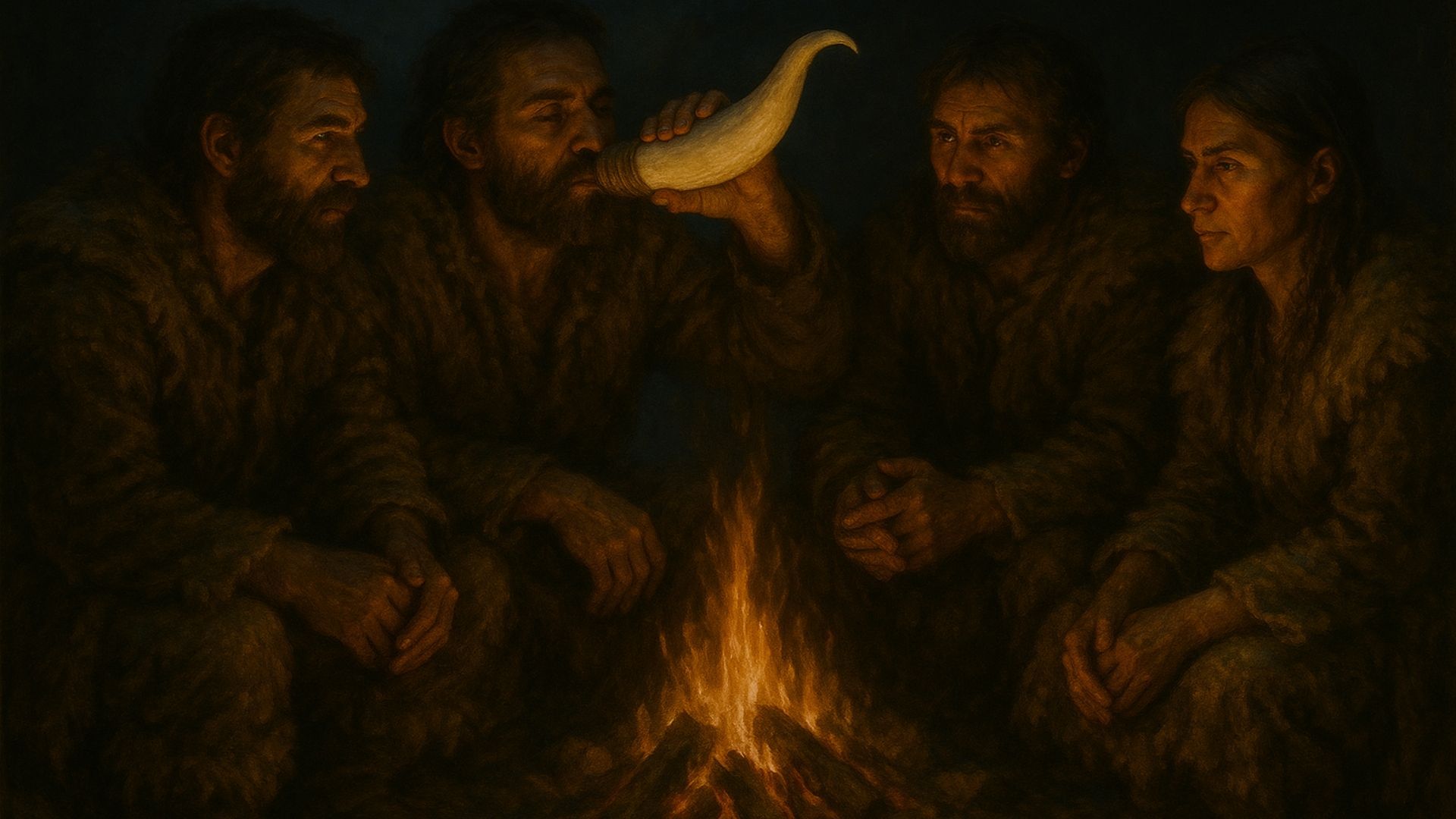This Christmas, Santa will hand out selenite to lucky kids at Stump Cross Caverns. Learn about this moon-like crystal with a fascinating history.

Here at Stump Cross Caverns, we have many passions. There's caves, of course. But there's also the Stone Age, the cosmos, gemstones – and crystals.
At a time when crystals are often made artificially, it's incredible to think they occur naturally. Somehow, the evaporation of mineral-rich water can lead to a sparkling mini-miracle.
As part of this year's Christmas events at Stump Cross Caverns, kids will get a lovely selenite specimen from Santa himself.
But what is selenite, exactly? It might not be one of the better-known gemstones, but it's a gem of a gem. Let's learn more about it.
What is selenite?
In the world of gemstones, names can tell you a lot.
Selenite is named after Selene, the Greek goddess of the Moon. It's a fitting name. There's something undeniably moon-like about this transparent, colourless crystal with its white streak and pearly lustre.
Unlike the Moon, however, selenite is soft. It's so soft that it measures just two out of 10 on the Mohs Hardness Scale. That means it's soft enough to scratch with a fingernail.
This beautiful crystal has humble origins. It starts life as calcium-rich saltwater in sedimentary areas such as dried-up lakes and clay beds.
When this water evaporates, layers of gypsum are left behind. Gypsum has many applications. But if you leave it for long enough, it can crystallise and turn into selenite.
Not all selenite specimens are transparent. Where there is opacity or colour, however, it's the product of another mineral, not the selenite itself.
Selenite is sometimes mixed up with satin spar. This is another form of gypsum. Though they look similar, the textures are subtly different.
Selenite is mostly found in jewellery and ornaments. But did you know that some of the world's biggest crystals are selenite? In Mexico's Cave of the Crystals, one selenite sample is 11 metres in length and weighs some 55 tonnes. Wow!
What is selenite used for?
Today, selenite is mostly sold as an ornament or as a material for jewellery. Historically, however, it's had different uses.
The Romans, for instance, used it for window panes. These can be seen to this day at the Santa Sabina church in Rome.
The Romans also used it to make specularia (one specularium, two or more specularia). This was an early form of greenhouse, invented to help the Emperor Tiberius grow cucumbers and other vegetables out of season.
Why selenite at Christmas?
Who doesn't love a good Christmas film? One of our favourites from recent years is 2020's The Christmas Chronicles 2, starring Kurt Russell and Goldie Hawn.
The film sees Russell, as Santa Claus, use a powerful crystal called "the Star of Bethlehem" to protect his village from an evil elf.
What does the Star of Bethlehem look like? Well, it's milky white and moon-like. Yes – it looks a whole lot like our friend selenite.
That's why Santa has stuffed his sack with selenite this Christmas. It's our way of paying tribute to a fantastic family Christmas film, as well as selenite itself – beautiful and underrated as it is.
This Christmas, Santa's paying a visit to our caves in North Yorkshire. Why not join us as we get into the festive mood? Kids get to meet Santa, make their own reindeer grub and take home a beautiful piece of selenite they can treasure forever. It's easy to book your tickets online.

